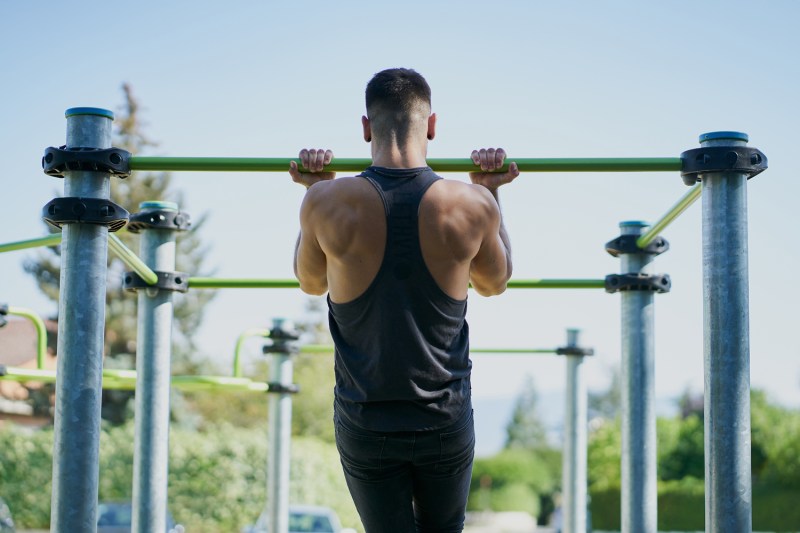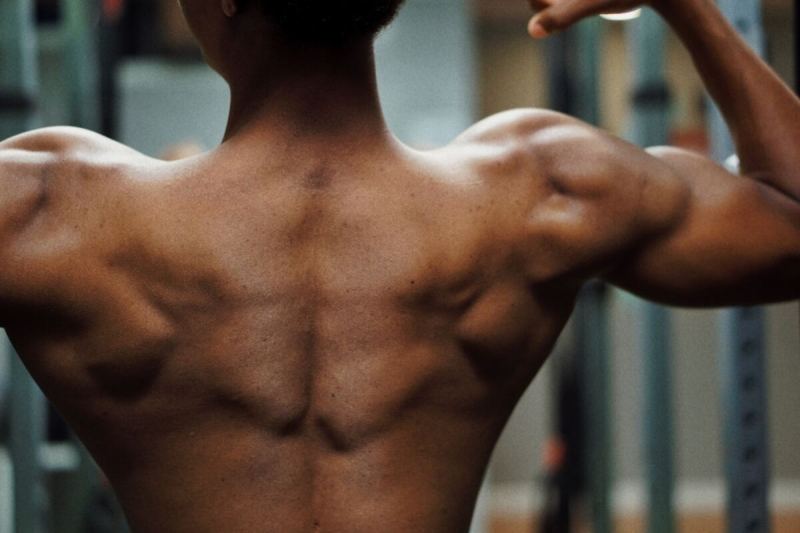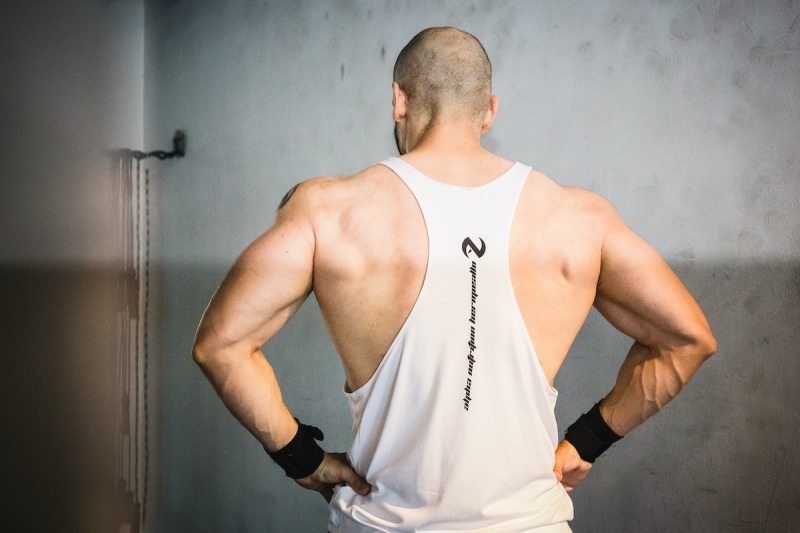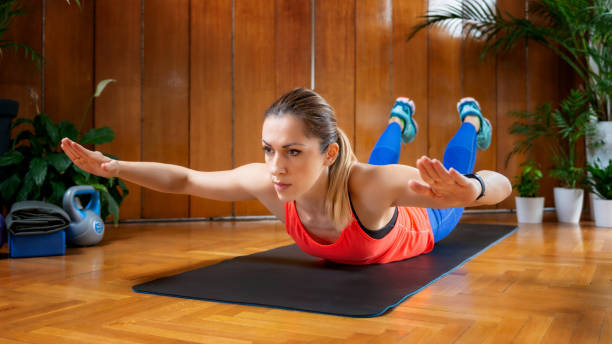
So many of us experience fitness plateaus or slumps that may be hard to recover from. It’s almost impossible to put up strong defenses and avoid decreasing physical abilities when we’re going through an endless cycle of stationary jobs or sitting at a desk day in and day out. Engaging in bodyweight back exercises may help to support your entire body as you sit during the day.
Back exercises will contribute to your upper and lower body strength, thus allowing you to maintain good posture and avoid developing back pain. These exercises are convenient and feasible because instead of using equipment, you can use your body weight for resistance.
As you go forward with bodyweight exercises, it’ll be important to balance the intensity of workouts, as well as safely warming up and cooling down, because this will enhance your flexibility and the ability to sustain these kinds of workouts.

Can you strengthen your back with no equipment?
Have no fear because you will be able to build strength, even if you exercise without using any equipment. Even if it doesn’t equal the results generated with equipment to a tee, you can make great strides just by using your body weight for resistance.
Bodyweight exercises, also known as calisthenics, entail the use of gravity as the resistance you’re working with rather than equipment. We consider that you may reach a limit for your gains because of gravity and the way this prevents resistance from increasing. However, you’ll still achieve bolstered flexibility and mobility that can encourage muscle gains.
You can build up strength with this type of regimen because you can target many muscle groups. This is why a workout like pull-ups is essential. The back is targeted and strengthened, along with the biceps and shoulders, which can ultimately maximize your overall upper body strength.

Benefits of having a strong back
Skeletal support system
It’s easy for us to take our backs for granted, but it is the most crucial part of the skeleton, quite literally the backbone, so to speak. You need a strong back to maintain an upright posture, which is essential in supporting the diaphragm and the way you breathe. We don’t think of it, but our posture contributes to the way our lungs fill with air, which contributes to breath control and how well or poorly we conduct this.
Additionally, our back acts as an enclosure for the central nervous system. This is crucial for connectivity to the brain and the signaling that occurs throughout the body. Often, when there is back pain, you’ll see that neuroinflammation and nerve sensitivities are present, which can cause certain conditions to deteriorate if communication between neurons and nerve endings isn’t corrected.
Balance and mobility
Strong back muscles, like the lats, are responsible for many movements that engage your upper body and your trunk. This includes simply pulling an object downward and bringing balance to the upper and lower body. The lats are the largest muscles in the back, and not only do they have the task of keeping the spine stabilized, but they also work in the extension and rotation of your arms and shoulders.
A strong back can balance the weight of your head and neck compared to your lower body. This can harness fluidity and agility in your moves because these aspects of your body will work in concert together without one system doing most of the work. Your long runs and swims will be maintained by strong upper and lower limbs, as well as great breath control, and you’ll recover from the activities without any pain.
Weight-bearing and functionality
The balance and structure that we discussed earlier come in handy when we consider weight-bearing capabilities. When we’re carrying heavy bags or lifting a toddler, it’s our back that carries the load. The stronger your back is, the better you can carry the load, and you won’t have to worry about neck pain, cramping, or getting stiff while sitting at your desk.
Due to our back serving as an anchor for our posture, it can direct the extension and rotation of our arms and influence our movements. This allows us to run with adequate knee function and execute proper swimming techniques.
Remember, it’s not just about upper body strength because lower back strength can accompany strong legs and gluteal muscles, which allows you to bend down and squat.

4 essential bodyweight back exercises
1. Supermans
Doing the Superman is a great way to work the back extensors, as well as the shoulders. Exercising these extensors can give you the support you need to defend against vertebral fractures, as well as osteoporosis and declined posture.
Instructions:
- To begin, lay down on your stomach and stretch your arms out overhead. This will resemble Superman’s “flying” stance with your arms straight out in front.
- Next, raise your arms slowly, lifting the rest of your upper body, like your head and chest, at the same time off the floor.
- As you raise the upper limbs, you’ll lift your legs simultaneously. In doing this, you’ll activate the back muscles and glutes.
- Keep your core tight as you maintain this position for several seconds, allowing yourself to hover above the floor.
- Return to your flat starting position, and then complete 15 reps.
2. Inverted rows
If you’re aiming to accentuate not only your back but also your biceps and core, inverted rows will be perfect for you. If you don’t have a bar or a set of barbells, all you need is the stability of a sturdy table.
Instructions:
- Find a bar or sturdy tabletop. Lay on the floor below it so the bar or edge is in line with your shoulders.
- Grip the bar or edge evenly with both hands shoulder-width apart.
- Keep your body in a straight line and your heels pressed into the floor as you bend your elbows and pull your chest up to the bar or edge.
- Slowly lengthen out your arms to return to the starting position before repeating.
- Aim for 8 to 10 reps.
3. Pull-ups
Another great workout to build up your back and upper body strength is the classic pull-ups. Pull-ups are one of the best back-focused exercises and are beneficial for optimizing balance and functionality, as well as providing a safeguard from injuries.
Instructions:
- Start by hanging from a bar with your hands at a shoulder-width distance. Your palms should be facing outward.
- Keeping your chest up and shoulders back, bend your elbows, and bring your chin up to the bar.
- Slowly release back to the starting position before repeating for 10 to 15 reps.
4. Rear delt raise plank
Working on your shoulder muscles, like the delts, is important for back strength, as this contributes to rotation and extension that doesn’t put a strain on the back when done adequately.
Using plank variations is imperative to musculoskeletal health because planks provide support and stability to your entire core, which is useful for upper and lower body movements. It would be wise to make good use of planks because this exercise can help prevent back pain and injuries, as well as improve posture.
Instructions:
- Start by positioning yourself in a high push-up stance. Be sure that your shoulders and elbows line up with each other, with your elbows directly below the shoulders.
- Raise your arm upward and outward, squeezing your delts as you do it. Keep your other palm on the floor to balance yourself. While doing this, engage your abs and glutes by squeezing them, and this will create the tension you need from your body weight.
- Your body should remain straight, with your lower limbs in line with your upper body and your toes maintained on the ground.
- After working the starting arm for your desired number of reps, lower it back down to the initial position. Follow up by working the other arm.
Editors' Recommendations
- Bouldering: A beginner’s guide to this full-body workout
- How to lose belly fat: Thanksgiving food swaps that won’t derail your fitness goals
- Need constipation relief? Add these food and drink items to your diet today
- What is hot yoga? Why this should become your new winter workout
- These are the best yoga poses to add to your bedtime routine for better sleep




